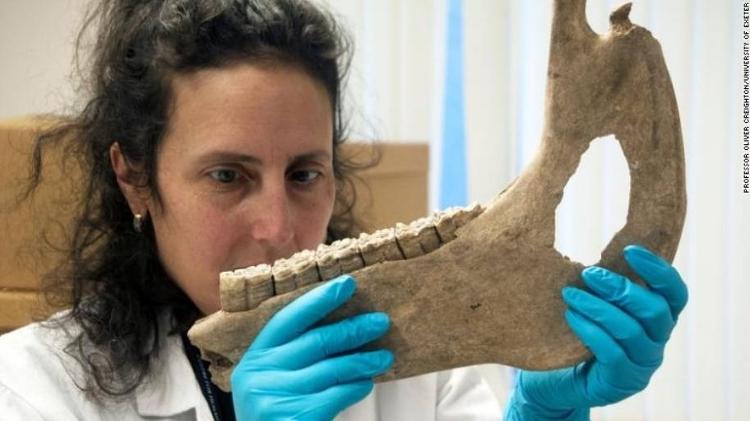Scientists at the University of Bonn in Germany discovered a 205-million-year-old ichthyosaur in the Swiss Alps. According to the researchers, the animal was larger than a blue whale and lived in the Panthalassic ocean around Pangea during the Late Triassic.
Having both reptilian and fish characteristics, the ichthyosaur was first identified between 1976 and 1990 when fossils were found in rocks at an altitude of more than 2,700 meters. Despite the intriguing height, the site was once home to the bottom of a large lake, according to a new study published today. Journal of Vertebrate Paleontology.
According to the British tabloid Daily Star, this animal species went extinct 90 million years ago, even before the collision of the asteroid that wiped out the dinosaurs.
Dr Martin Sandler of the University of Bonn said there may be more remains of “giant” sea creatures hiding under the glaciers.
This discovery surpassed two other paleontological finds: a 21-metre-long Canadian ichthyosaur named Shonisaurus sikanniensis and a 25-metre-long Jurassic “sea dragon” that also roamed the British coast.
The size of the animal was a selective advantage, Sandler said, with three groups of animals weighing only 10 to 20 tons, and ichthyosaurs among them. “There were only three groups of animals with masses greater than 10-20 metric tons: long-necked dinosaurs, whales, and giant Triassic ichthyosaurs.
The animal’s single tooth root is twice as wide as the previous record of another ichthyosaur, which was 15 meters from nose to tail.
Because of the animal’s size, Martin said more needs to be known about them. “Despite the extraordinary size of their fossils, it’s a shame for paleontology that we know so little about these giant ichthyosaurs.”
In addition to their size, ichthyosaurs experienced a significant evolutionary leap in reproduction: instead of laying eggs, they began to give birth at a young age. Because they looked like fish, they could reach speeds of up to 35.4 kilometers per hour.
Dr. Heinz Furrer, retired curator of the Museum of Paleontology at the University of Zurich, celebrated the discovery. “It is the longest ichthyosaur in the world, with the thickest tooth ever found and the largest trunk vertebra in Europe.”
In January of this year, another ichthyosaur fossil was found in the Midlands of the United Kingdom. It was about 180 million years old, 10 meters long, and had a skull that weighed a ton.
source: Noticias
